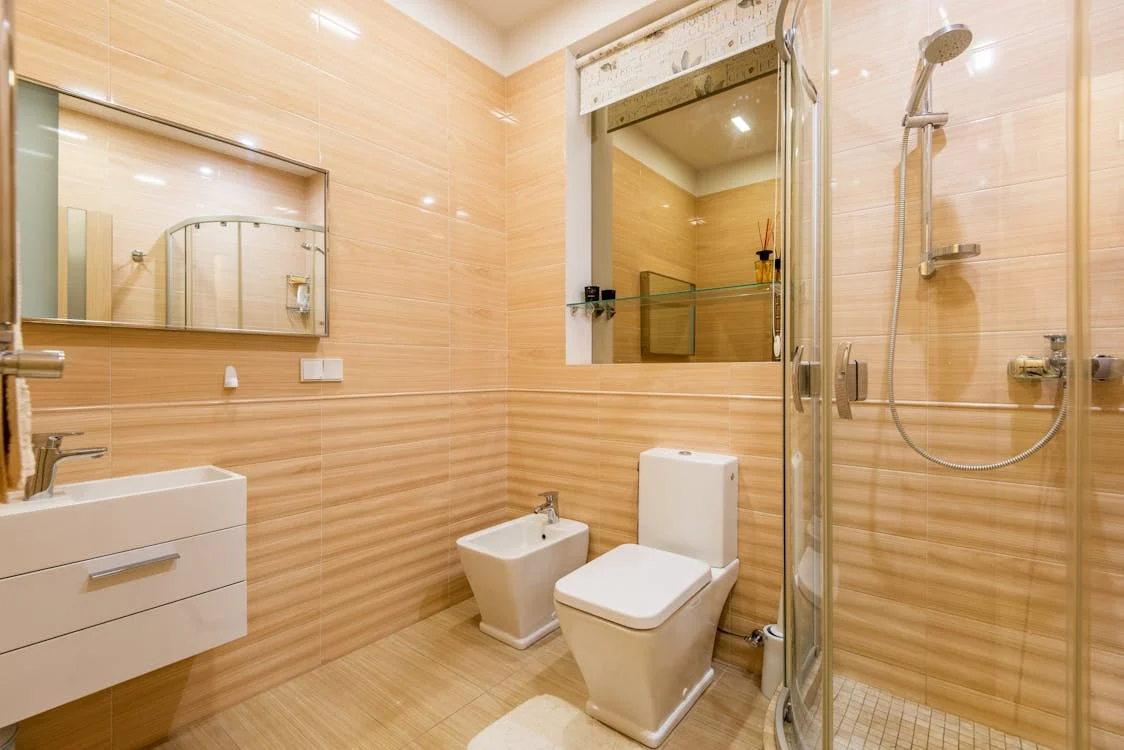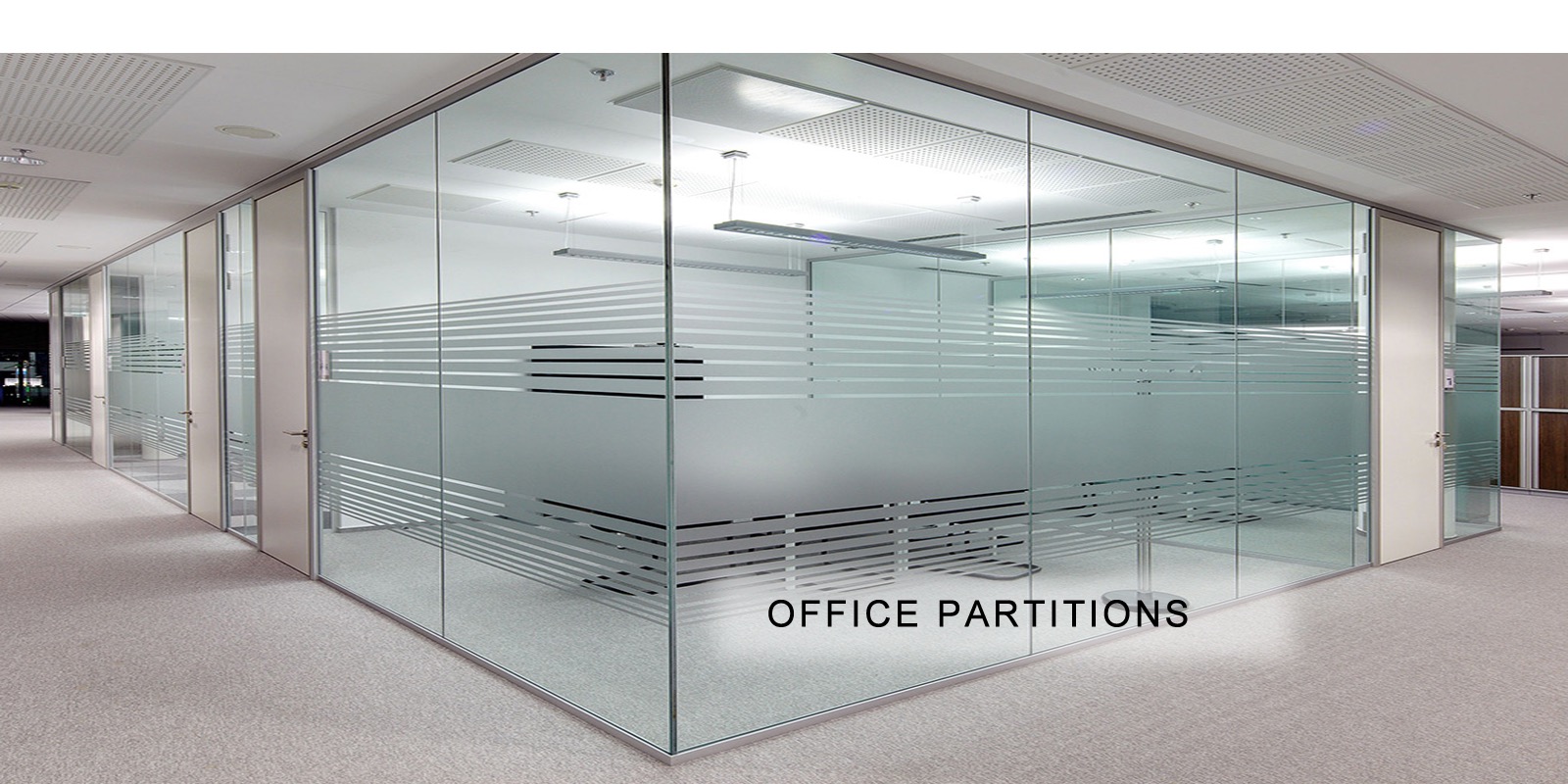
Installing a shower cubicle can transform your bathroom, providing a modern, clean, and efficient space for daily hygiene. This guide will walk you through shower cubicle installation in Kenya, from planning to final touches.
Contact us for shower cubicle installation services in Kenya and shower cubicle repairs in Nairobi, Kenya
Golden Moon Star Building, Ground Floor Junction of Kilimani rd & Ndemi rd Kilimani
+254 722 724 893
Table of Contents
- Planning and Preparation
- Assessing the Space
- Choosing the Right Shower Cubicle
- Gathering Tools and Materials
- Removing the Old Shower (if applicable)
- Turning Off Water Supply
- Removing Fixtures and Fittings
- Preparing the Area
- Ensuring Proper Plumbing
- Checking for Level Floors and Walls
- Installing the Shower Tray
- Positioning the Tray
- Securing the Tray
- Connecting the Drainage
- Assembling the Shower Cubicle
- Building the Frame
- Attaching the Panels
- Sealing the Edges
- Installing the Doors
- Hanging the Doors
- Adjusting for a Proper Fit
- Final Checks and Sealing
- Inspecting for Leaks
- Applying Silicone Sealant
- Maintenance Tips
- Regular Cleaning
- Preventing Mold and Mildew
Planning and Preparation for Shower Cubicle Installation in Kenya
Assessing the Space
Measure the dimensions of your bathroom to determine the best location for the shower cubicle. Ensure there’s enough space for the cubicle and for movement around it. Check the walls and floors for level and adjust as necessary.
Choosing the Right Shower Cubicle
Select a cubicle that fits your bathroom’s size and style. Options include corner cubicles, walk-in showers, and enclosed units. Consider the material, design, and door type (sliding, hinged, or bi-fold).
Gathering Tools and Materials
You’ll need:
- Tape measure
- Screwdrivers
- Drill and bits
- Level
- Silicone sealant and applicator
- Adjustable wrench
- Shower tray and cubicle kit
- Screws and wall plugs
- Plumber’s tape
2. Removing the Old Shower (if applicable)
Turning Off Water Supply
Before removing any fixtures, turn off the water supply to prevent flooding. Drain any remaining water by turning on the taps.
Removing Fixtures and Fittings
Carefully remove the old shower unit, starting with the doors and panels. Detach the shower head, handles, and other fittings. Keep a bucket handy to catch any remaining water.
3. Preparing the Area for Shower Cubicle Installation in Kenya
Ensuring Proper Plumbing
Check that the plumbing is in good condition and correctly positioned for the new shower. Make any necessary adjustments or repairs.
Checking for Level Floors and Walls
Use a level to ensure that the walls and floor where the shower will be installed are even. Uneven surfaces can cause installation issues and leaks.
4. Installing the Shower Tray
Positioning the Tray
Place the shower tray in the desired location, ensuring it is level. Use a spirit level to check and adjust if needed. Mark the position of the tray on the floor.
Securing the Tray
Fix the tray in place using screws and wall plugs. Follow the manufacturer’s instructions for securing the tray to the floor. Ensure it is stable and doesn’t move.
Connecting the Drainage
Connect the shower tray to the drainage system. Use plumber’s tape on the connections to prevent leaks. Ensure the waste pipe is correctly aligned and secure.
5. Assembling the Shower Cubicle
Building the Frame
Assemble the frame according to the manufacturer’s instructions. This typically involves connecting the vertical and horizontal supports.
Attaching the Panels
Attach the glass or acrylic panels to the frame. Secure them with screws or clips, ensuring they are tightly fitted and aligned correctly.
Sealing the Edges
Apply silicone sealant along the edges where the panels meet the tray and the walls. This prevents water from escaping the cubicle.
Read also: DIY Glass Shower Cubicle Repairs
6. Installing the Doors
Hanging the Doors
Install the doors by attaching the hinges or sliding mechanism as per the instructions. Ensure they are level and open/close smoothly.
Adjusting for a Proper Fit
Adjust the doors to ensure a tight seal when closed. This may involve tweaking the position of the hinges or the alignment of the sliding tracks.
7. Final Checks and Sealing
Inspecting for Leaks
Once everything is in place, turn on the water supply and check for leaks. Inspect all joints and connections carefully.
Applying Silicone Sealant
Apply a final layer of silicone sealant around the edges of the shower cubicle, paying special attention to the corners and joints. Allow it to dry as per the manufacturer’s instructions.
8. Maintenance Tips
Regular Cleaning
Clean the shower cubicle regularly with a mild cleaner to prevent soap scum and mineral buildup. Avoid abrasive cleaners that can scratch the surface.
Preventing Mold and Mildew
Ensure the bathroom is well-ventilated to prevent mold and mildew. Wipe down the shower after use to remove excess moisture.
Installing a shower cubicle requires careful planning and precise execution. Shower cubicle installation in Kenya has never been easier. By following this guide, you can successfully install a shower cubicle that enhances the functionality and aesthetics of your bathroom. .Remember to take your time with each step and consult Tough Glass Kenya for professional help.



